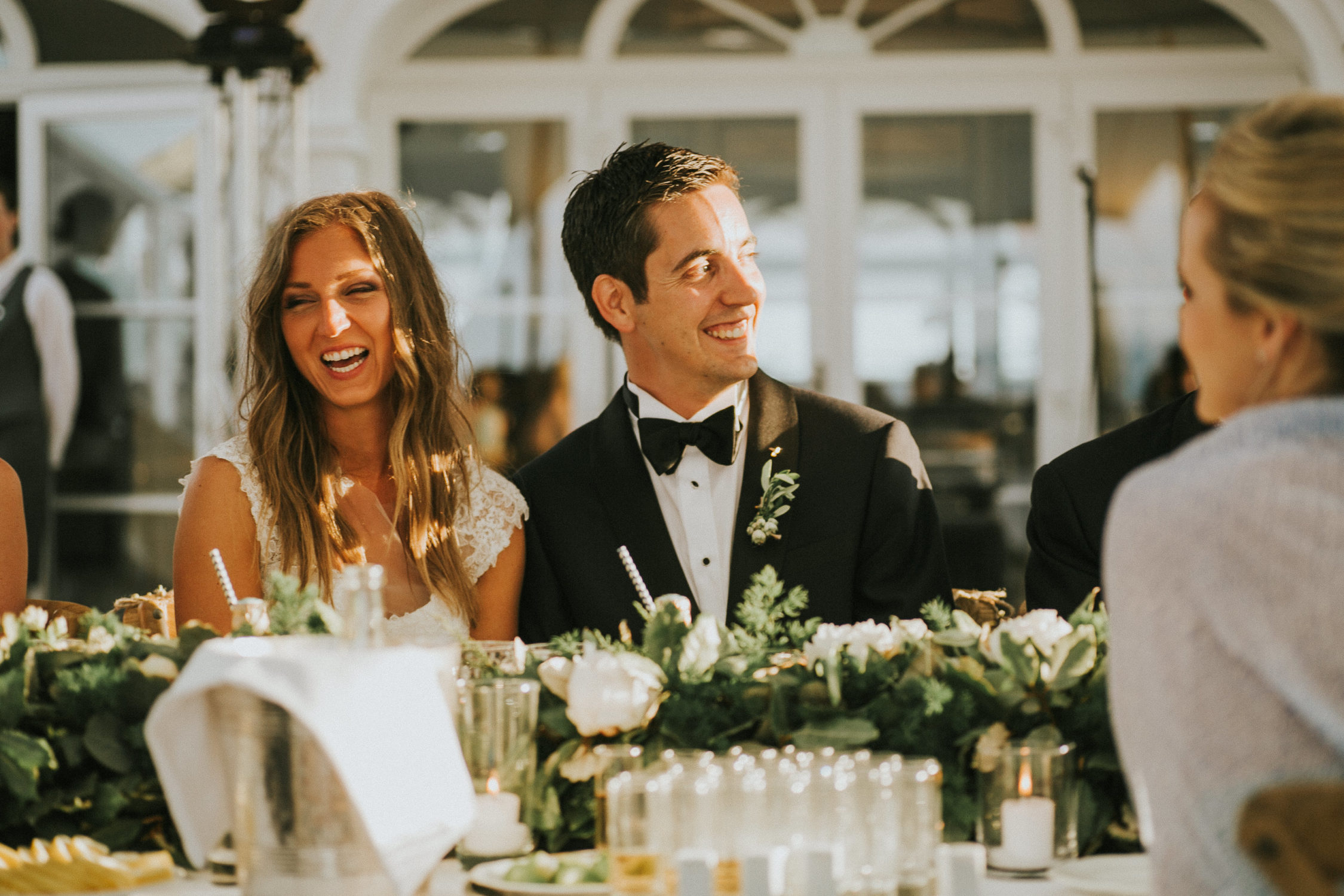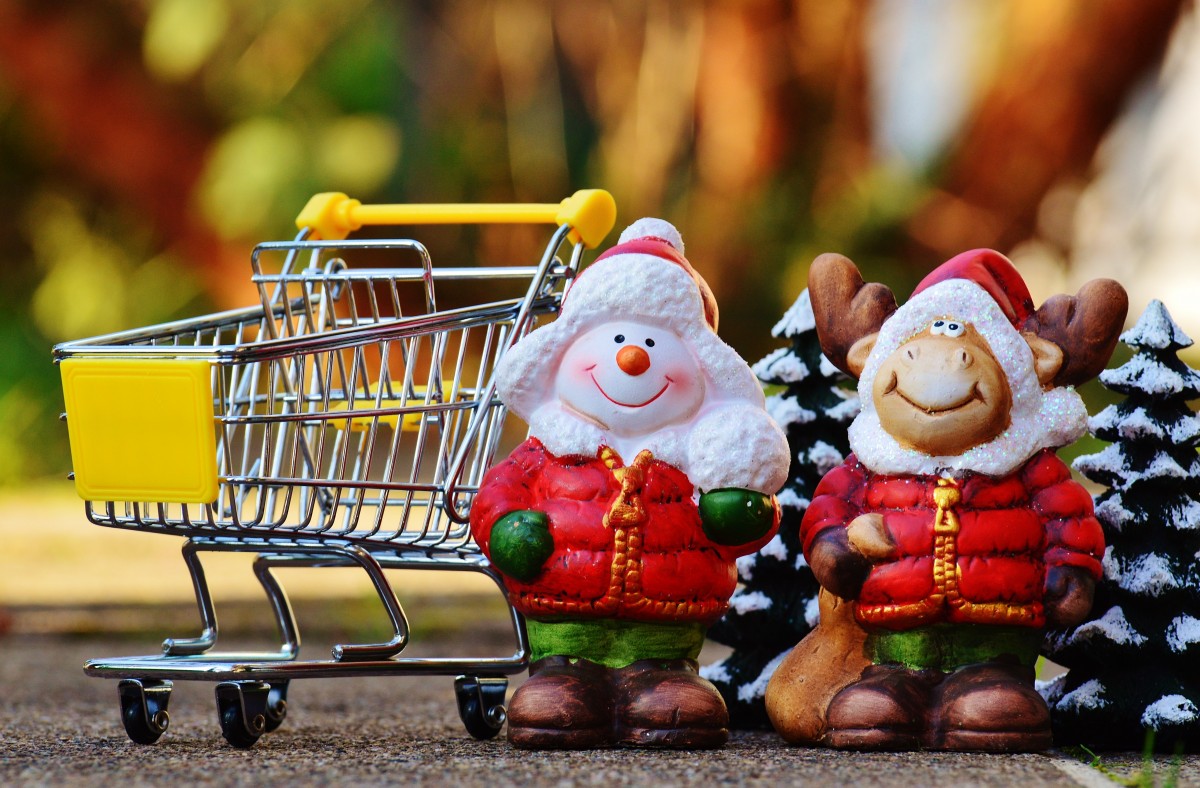Most of us are celebrating something during the holiday season, be it Christmas, Hanukkah, Kwanzaa, or are just vibing. Some of us are ready to party and get drunk even if we are atheists and don’t believe in Christianity or any religion for that matter. I celebrate Christmas, not like a Christian holiday but rather the commercial holiday that it became. However, not all of us celebrate Christmas, and some of us just celebrate the holiday or even Hanukkah or Kwanzaa. But most of us don’t even know what Kwanzaa is. So, without further ado, let’s learn more about Kwanzaa.
What is Kwanzaa?
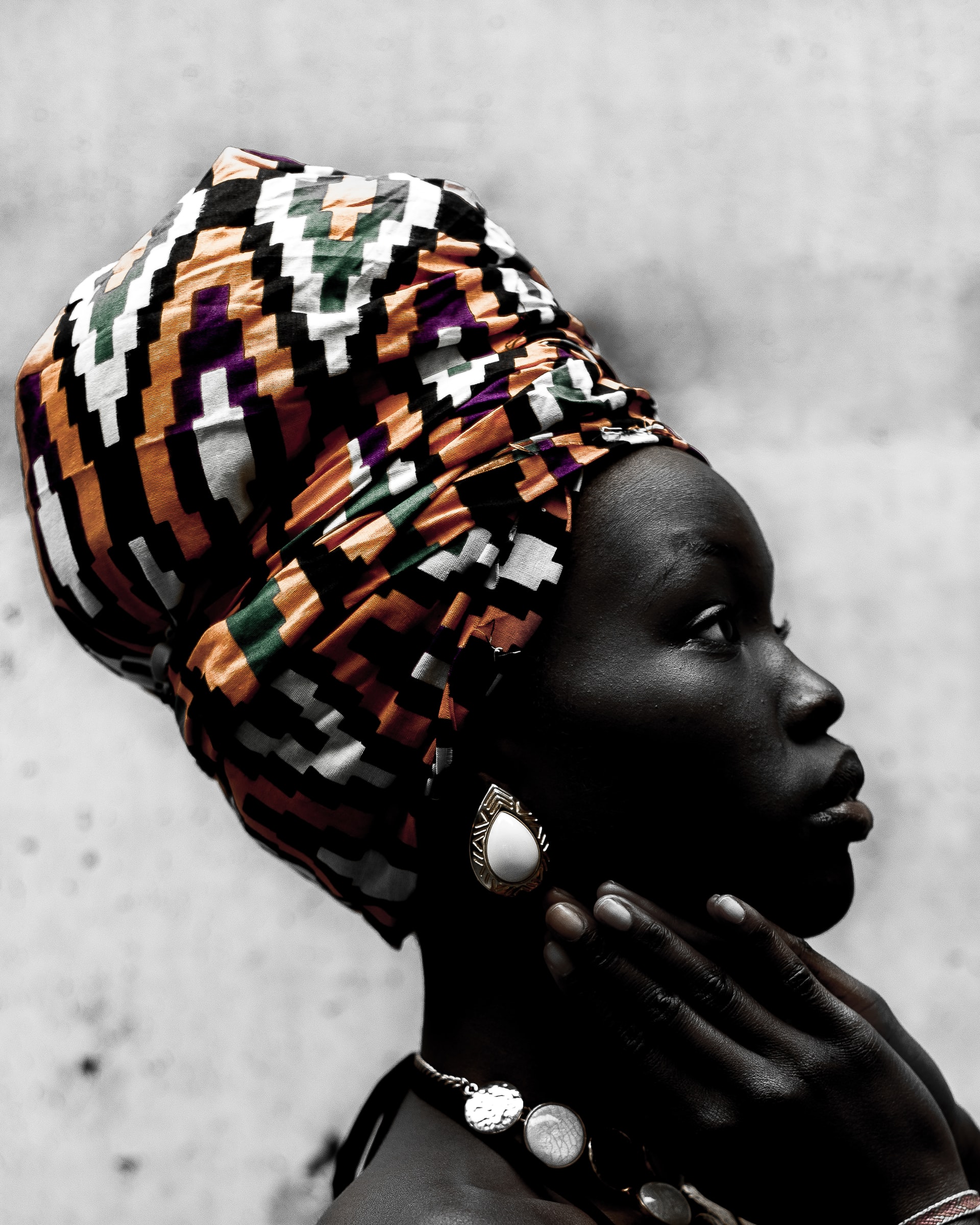
Kwanzaa was started by Dr Maulan Karenga in 1966. He is a Professor and the chairman of Africana studies at California State University and states that Kwanzaa embraces and honors African culture. He combined several aspects of different harvest celebrations from various African tribes and ethnic groups, including Ashanti and Zulu. The combination of different festivals represents how African Americans don’t know their roots are hail from all parts of the African continent. This is all thanks to colonialism and American imperialism. Kwanzaa is derived from the Swahili phrase “matunda ya kwanza,” which is translated as first fruits. Kwanzaa is a week-long celebration that starts on December 26th and ends on January 1st. It is the time where families gather and pay homage and observe the core principles that honor what we know call pan-African culture.
How to celebrate Kwanzaa?
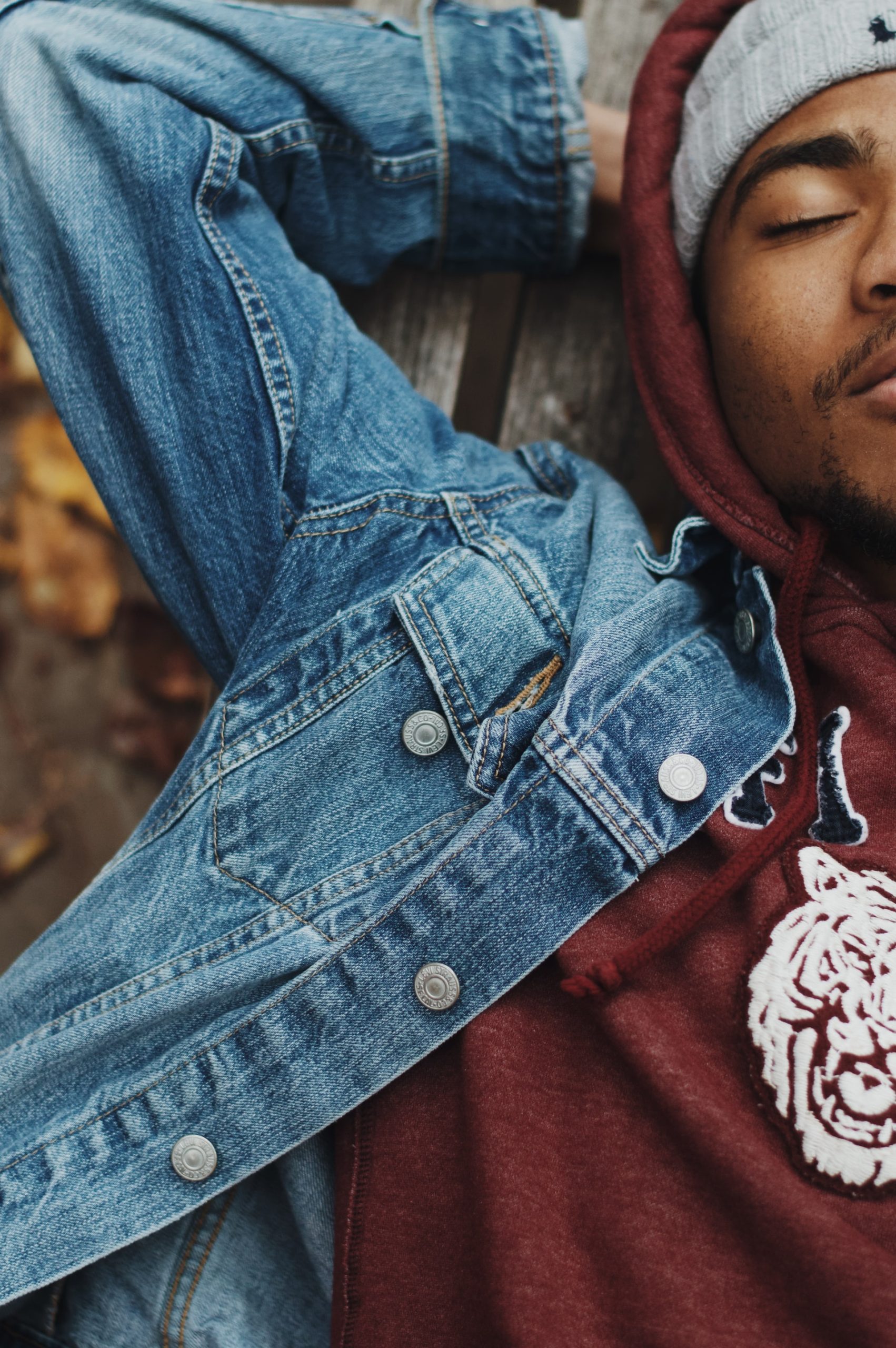
Kwanzaa celebrates the richness of African culture and its diversity and signifies the past, present, and future and how African Americans suffer in the past and are prospering now and will prosper in the future. Kwanzaa is also the promise of a better future, and this is captured by the phrase “mambo yote mazuri,” or all things beautiful. And for me, this is representative of black culture, and as a mixed kid who has an Indian mother and an African American father, this brings me closer to my African roots. My great-great-grandma was a slave who escaped from the south and set her roots in New York. This is why I am a staunch believer that we are colored people who should talk and remember our history. Each of the 7 nights of Kwanzaa includes gathering dedicated to one of the holiday’s seven principles, which is also known as Nguzo Saba. One of the central parts of Kwanzaa is the lighting of the Kinara, which is a unique candleholder that has 7 arms for the seven days of Kwanzaa (a bit reminiscent of a Menorah). Just like with a menorah, you light a candle each day that corresponds to the principle for that day. The misumaa saba or candles come in 3 different colors which are red, black, and green. The 3 candles are also symbolical; red present our hardship and past, black represent the African diaspora, and green stand for Earth and the possibilities it holds for us. The night then unfolds with stories, poetry, art, gifts, and food.
Nguzo Saba or the 7 core principles of Kwanzaa
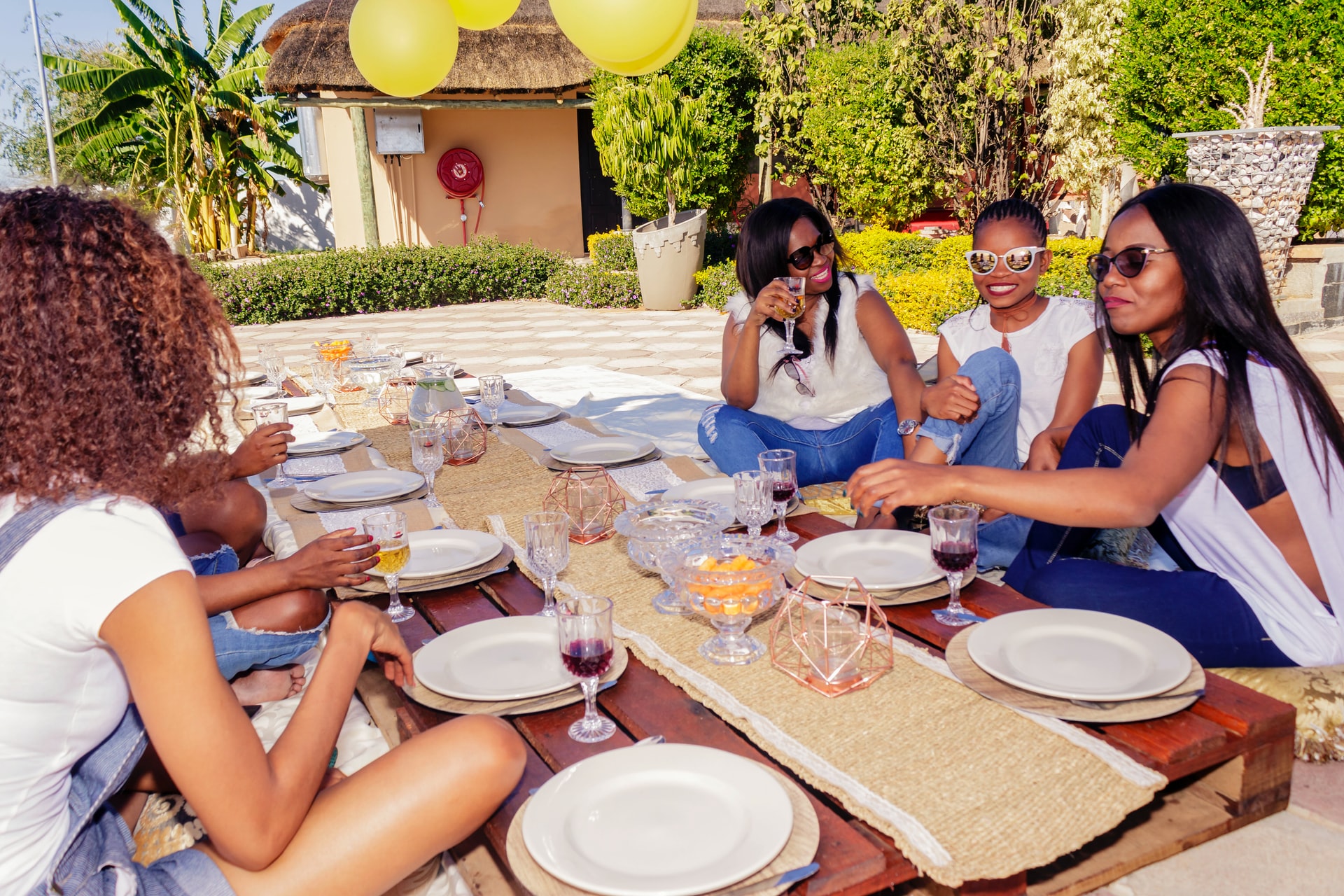
- Emoji or Unity: It means to thrive for and maintain the unity in one’s family, community, nation, and race.
- Kujichagulia or Self-determination: To define, name, create and speak for ourselves
- Ujima or Collective work and responsibility: Build and maintain our community together and make our siblings’ (African Americans) problems our problems and solve them together.
- Ujamaa or Cooperative Economics: To build and maintain the history of our people and ancestors and to uplift black voices and their business. Because their success is our success.
- Nia or Purpose: Make our collective vocation the development and building our community in order to restore our people to their traditional greatness.
- Kuumba or Creativity: Always do as much as we can in the way that we can in order to leave our community more beautiful and beneficial than we inherited it.
- Imani or Faith: To believe in our people and the righteousness and victory of our struggle with all our heart. (I personally don’t really agree with this core principle because I’m an atheist, and I read both the Mahabharata and Bible because I grew up in a mixed household, but I don’t believe religion is made for me.)
Kwanzaa has 7 core symbols:
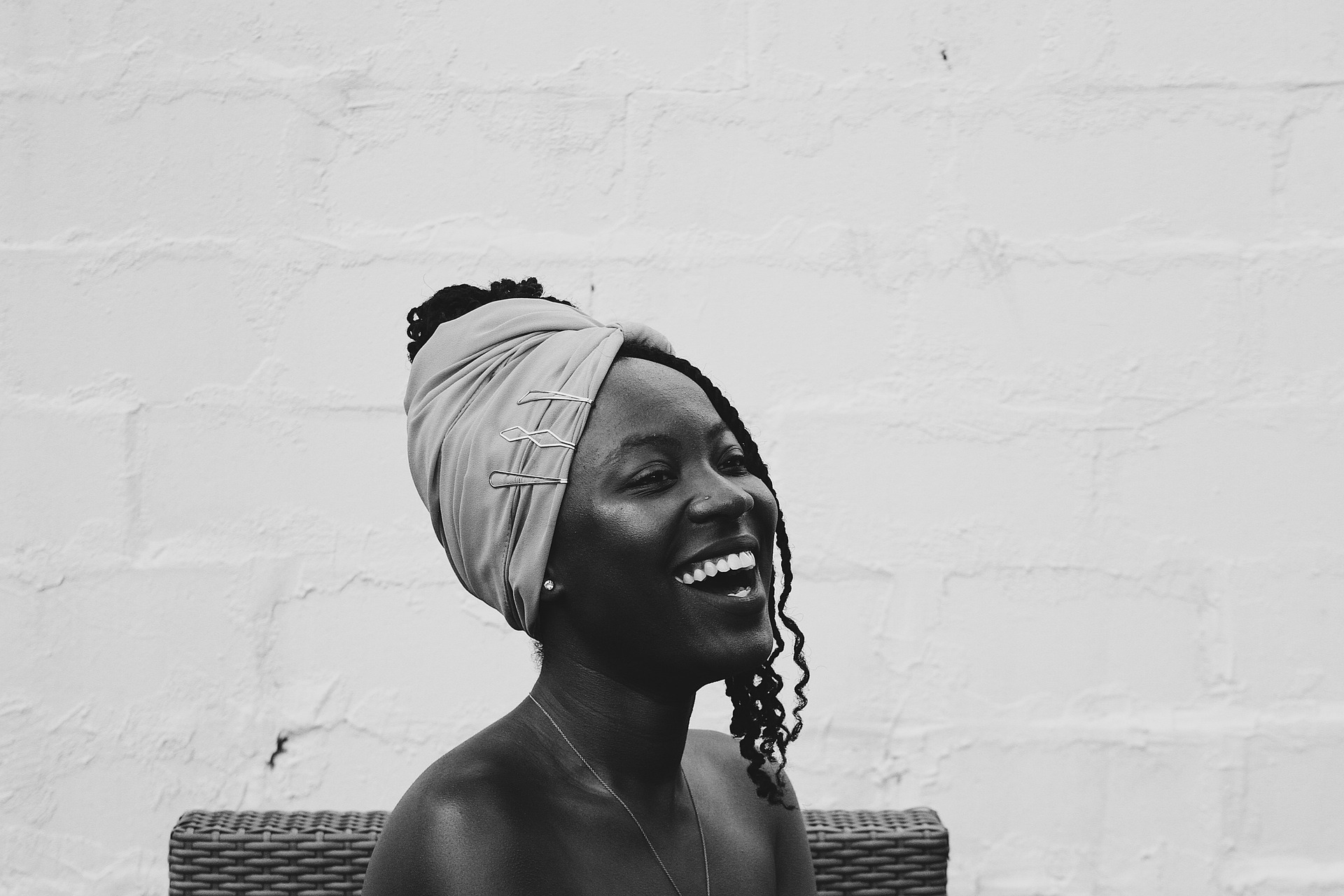
- Mazao or Crops: It symbolizes the fruit and labor of our collective work and the resulting unity, joy, and thanksgiving part of African harvest festivals. To represent Mazao, some people place nuts, fruits, and vegetables on the Mkeka, which represent work.
- Mkeka or Placemat: The representation of fruits on the mat stands for how the past impacts our present and future and how we are currently standing on the past. Mkeka is a metaphor of the historical and foundation for people to stand on and build their lives.
- Muhindi or Ear of corn: It represents fertility and the idea that through our children, the future hopes of the family are brought to life. One vibunzi is placed on the mat for every child in the family.
- Mishima Saba or The seven candles: Candles are ceremonial objects that are symbolical and recreate the sun’s power which provided us light during our most challenging days. There are 3 red candles, three green candles, and one black candle in the middle that are placed on the Kinara.
- Kinara or The Candleholder: It represents our ancestry and the original stalk from which we come from.
- Kikombe Cha Umoji or The unity cup: On the 6th day of Kwanzaa, the liberation ritual is performed to honor our ancestors. Each family member and guest will take a drink together as a sign of remembrance and unity.
- Zawadi or Gifts: On the 7th day of Kwanzaa, gifts are given which encourage growth, achievement, and success. Handmade gifts are encouraged to promote self-determination, purpose, and creativity.
Make it your own and prepare whatever food makes you happy because it is a celebration of our history and people. Sound off in the comments section below and tell us if what festival you want to read next.


